Acne is a common skin condition affecting millions of people worldwide.
Understanding the different types of acne can help in identifying and treating them effectively.
In this article, we will discuss the six main types of acne: blackheads, whiteheads, papules, pustules, nodules, and cysts.
Knowing these types can take you toward better skincare and effective acne treatment.
1. Blackheads
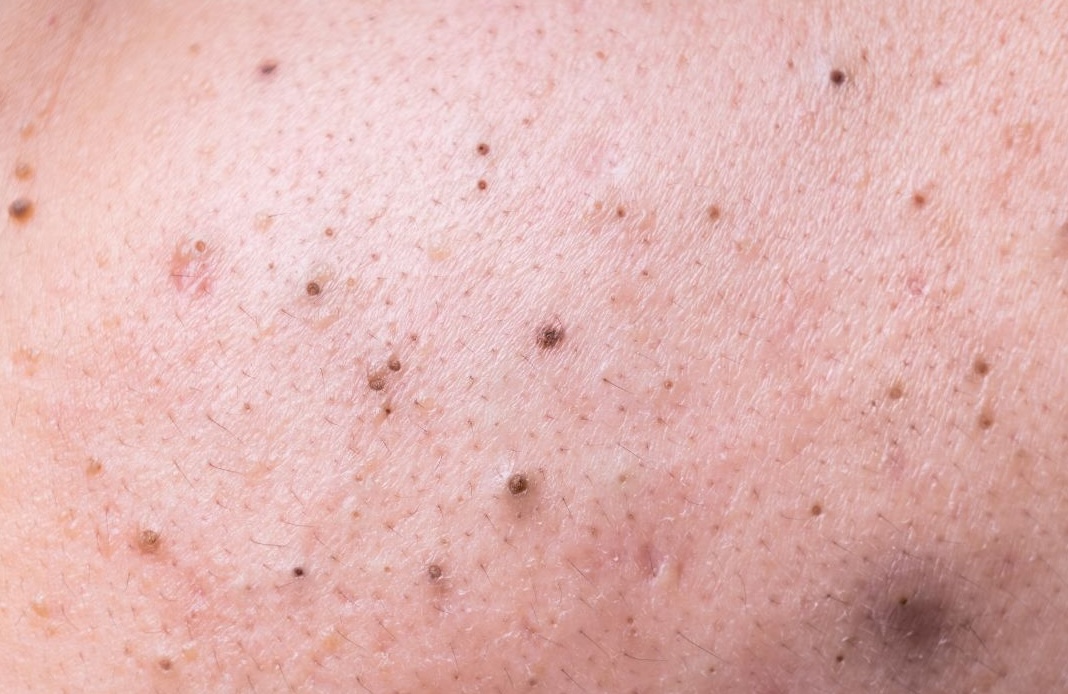
Blackheads, or open comedones, are small bumps that appear on your skin due to clogged hair follicles.
These bumps are called blackheads because the surface looks dark or black.
They are a mild form of acne that usually forms on the face, but they can also appear on the back, chest, neck, and shoulders.
Causes and Contributing Factors
These form when a clog or plug develops in the opening of hair follicles in your skin.
Each follicle contains one hair and a sebaceous gland that produces oil (sebum) to keep your skin soft.
Dead skin cells and oils collect in the follicle’s opening, producing a bump called a comedo.
When the skin over the bump opens, exposure to the air causes it to look black.
Common Areas Affected
They commonly appear on the face, particularly on the nose, forehead, and chin.
They can also occur on the back, chest, neck, and arms.
Suggested Treatments and Preventive Measures
Treatment for blackheads includes over-the-counter products containing salicylic acid, benzoyl peroxide, or retinoids.
For stubborn areas, a dermatologist might recommend a prescription treatment such as Treclin Gel.
Regular exfoliation and using non-comedogenic products can help prevent blackheads.
2. Whiteheads
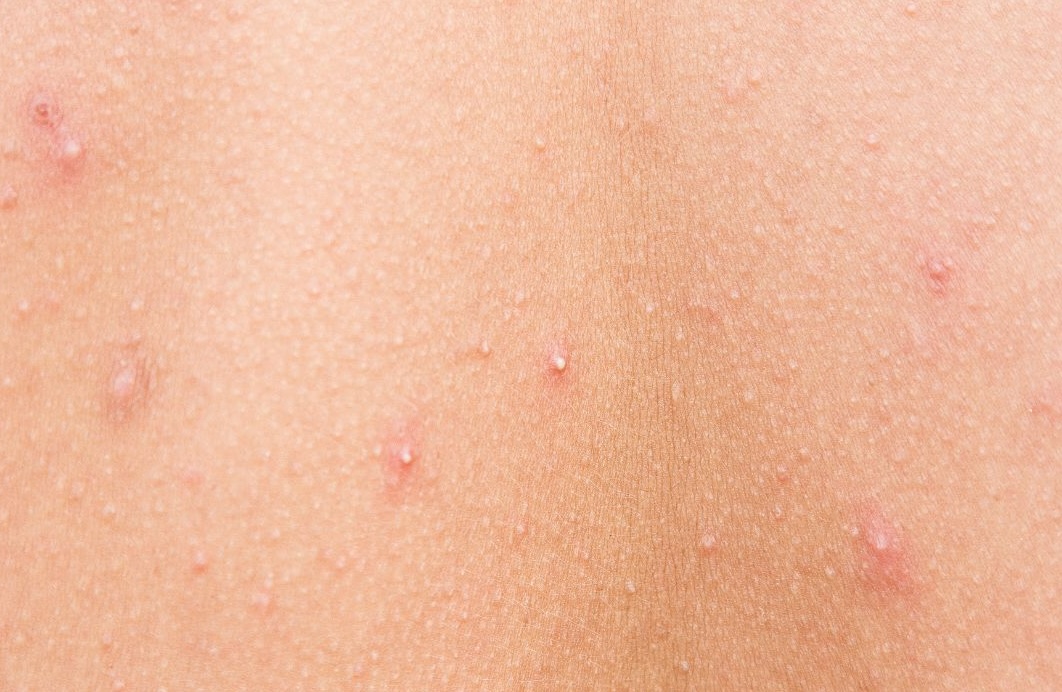
Whiteheads, or closed comedones, are similar to blackheads in that they form due to clogged pores.
However, unlike blackheads, whiteheads are covered by a thin layer of skin, which makes them appear white or flesh-coloured.
Factors Leading to Their Formation
Whiteheads form when dead skin cells, oil, and bacteria become trapped within the pores.
Hormonal changes, certain medications, and even the use of heavy or greasy cosmetic products can contribute to their formation.
Differences from Blackheads
The main difference between whiteheads and blackheads is that whiteheads are closed, while blackheads are open.
This difference in structure affects their appearance and, often, their treatment.
Recommended Treatments and Skincare Tips
Whiteheads can be treated with similar over-the-counter products used for blackheads, such as salicylic acid and benzoyl peroxide.
Retinoid creams are also effective in promoting cell turnover and preventing clogged pores.
Avoid picking or squeezing whiteheads to prevent scarring.
A recommended product for treating whiteheads is Differin Gel.
3. Papules
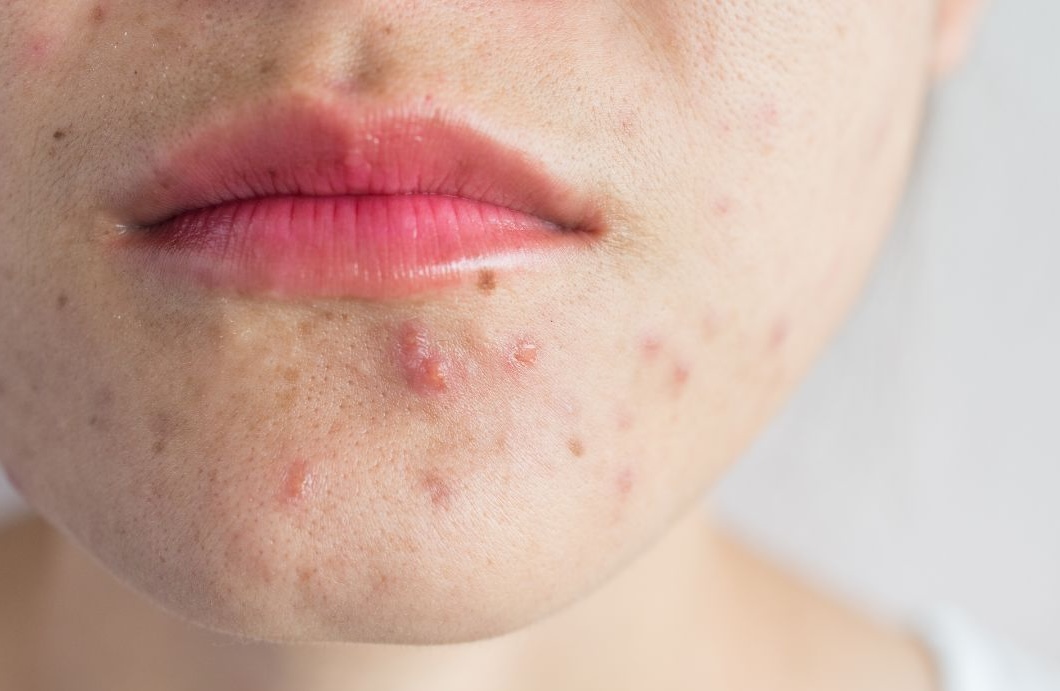
Papules are inflamed blemishes that appear as small, red, raised bumps on the skin. Unlike blackheads and whiteheads, papules do not contain pus.
Underlying Causes and Triggers
Papules form when the walls surrounding your pores break down due to severe inflammation.
This leads to hard, clogged pores that are tender to the touch.
Factors such as hormonal changes, stress, and diet can exacerbate the formation of papules.
Potential for Scarring and Skin Damage
If left untreated or improperly handled, papules can lead to scarring and skin damage.
It’s essential to manage them with appropriate treatments to reduce inflammation and prevent further breakouts.
Effective Treatments and Dermatologist Advice
Treating papules involves using topical treatments such as retinoids, benzoyl peroxide, and salicylic acid.
For severe cases, a dermatologist may prescribe oral medications like antibiotics or isotretinoin.
Maintaining a gentle skincare routine and avoiding harsh scrubbing can help prevent further irritation.
4. Pustules
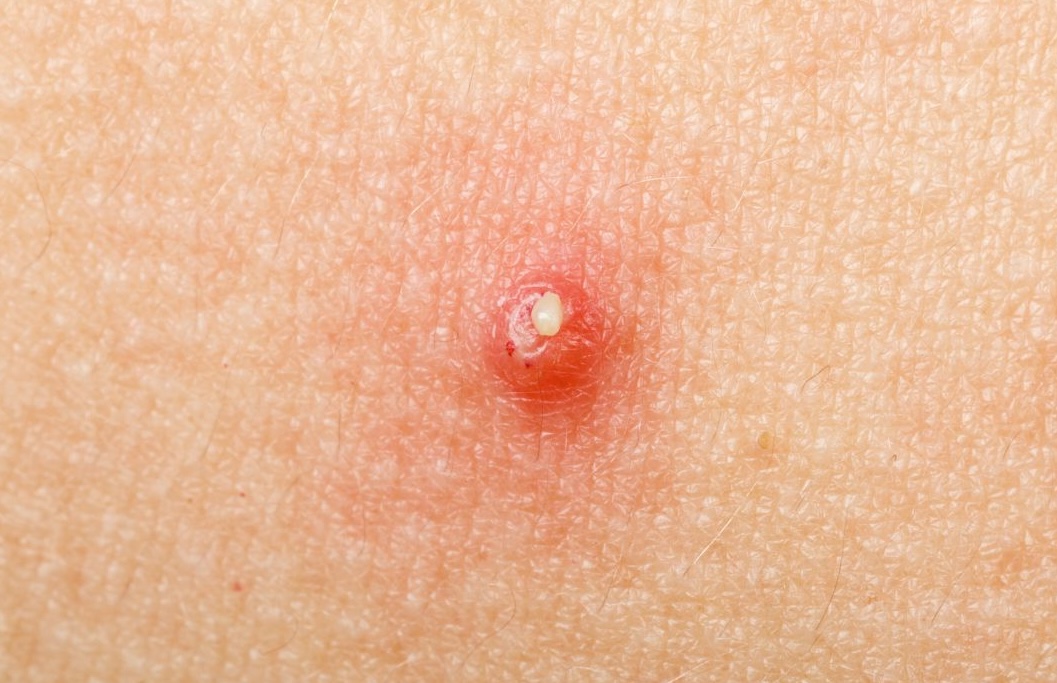
Pustules are larger, inflamed acne lesions that are filled with pus.
They often resemble whiteheads with a red ring around the bump.
Characteristics of Pustules
Pustules are typically red at the base and have a yellow or white pus-filled top.
They can be painful and are a more severe form of acne than blackheads or whiteheads.
How They Develop from Papules
Pustules develop when the walls of the pore break down and white blood cells rush in to fight the infection.
This process results in the formation of pus.
Possible Complications and Skin Impact
If not treated properly, pustules can lead to scarring and dark spots on the skin.
It’s important to avoid squeezing or picking at pustules to prevent infection and scarring.
Treatment Options and Hygiene Practices
Treatment for pustules includes topical treatments like benzoyl peroxide and salicylic acid, as well as prescription medications for more severe cases.
Maintaining proper hygiene and using non-comedogenic products can help manage and prevent pustules.
5. Nodules
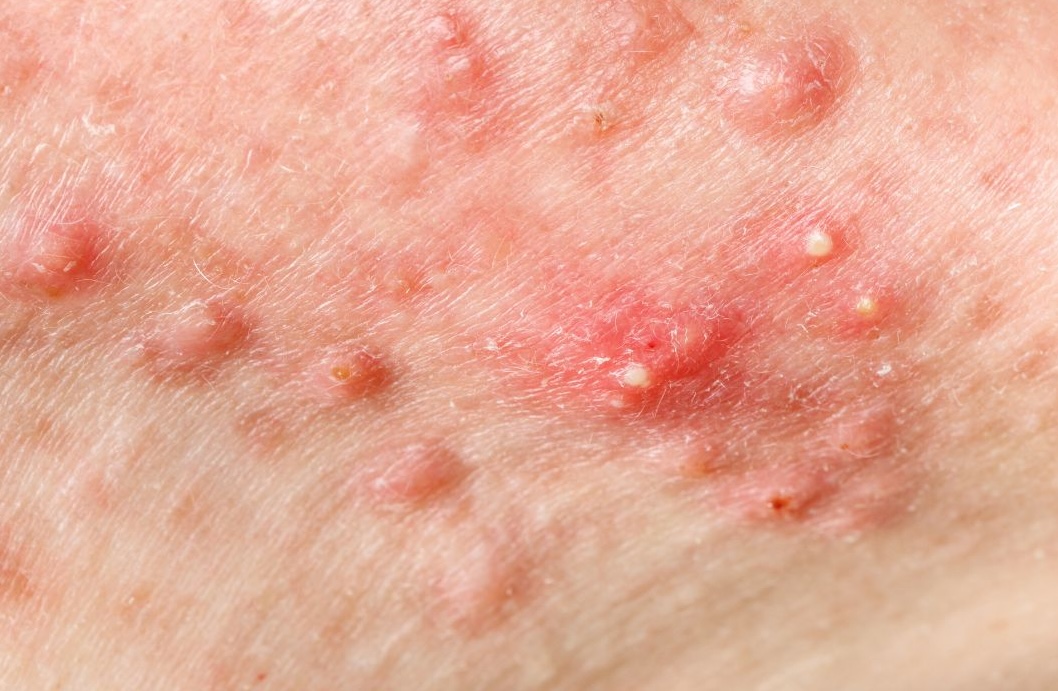
Nodules are severe acne lesions that form deep within the skin. They are large, solid, and often painful lumps.
Description of Nodules
Nodules are hard to the touch and can be quite painful. They form deep within the skin and do not contain pus.
Causes and Severity of Nodular Acne
Nodular acne occurs when clogged pores become inflamed and infected deep within the skin.
Hormonal changes and genetics can play a significant role in the development of nodular acne.
Long-term Skin Effects
Nodules can cause significant scarring and skin damage if not treated properly.
You need to seek professional treatment for nodular acne to minimise long-term effects.
Professional Treatments and Management Strategies
Treatments for nodular acne often include oral medications such as antibiotics, hormonal treatments, or isotretinoin.
Professional treatments like corticosteroid injections can also help reduce inflammation and pain.
6. Cysts
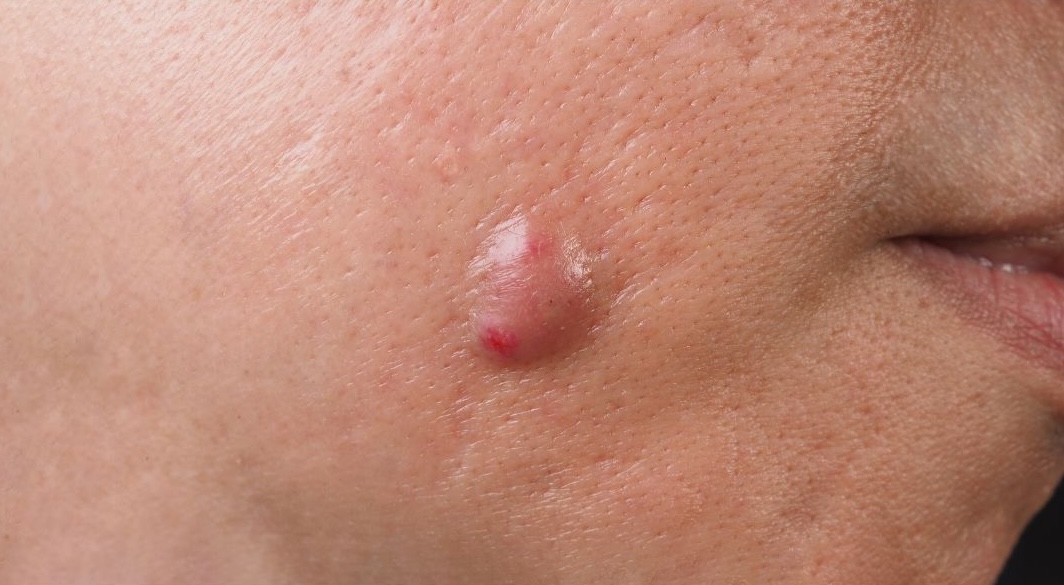
Cystic acne is the most severe form of acne, characterised by large, pus-filled cysts that form deep within the skin.
Explanation of Cystic Acne
Cysts are painful, red, or white lumps that are filled with pus. They are larger and more severe than other types of acne.
Factors Contributing to Cyst Formation
Cystic acne is often caused by a combination of bacteria, oil, and dead skin cells that clog pores deep within the skin.
Hormonal imbalances and genetics are significant contributors.
Differences Between Cysts and Nodules
The primary difference between cysts and nodules is that cysts are filled with pus, while nodules are solid. Both are severe forms of acne that require professional treatment.
Intensive Treatments and Dermatologist Recommendations
Cystic acne often requires aggressive treatment, including oral antibiotics, hormonal treatments, or isotretinoin.
Dermatologists may also recommend draining large cysts to reduce pain and prevent scarring.
Understanding the six types of acne can help in identifying and treating your specific condition.
Proper diagnosis and treatment are essential for managing severe acne.
For more information on effective treatments, why not get started with a video consultation or explore our acne treatments.
For personalised advice, contact us here at WePrescribe.


